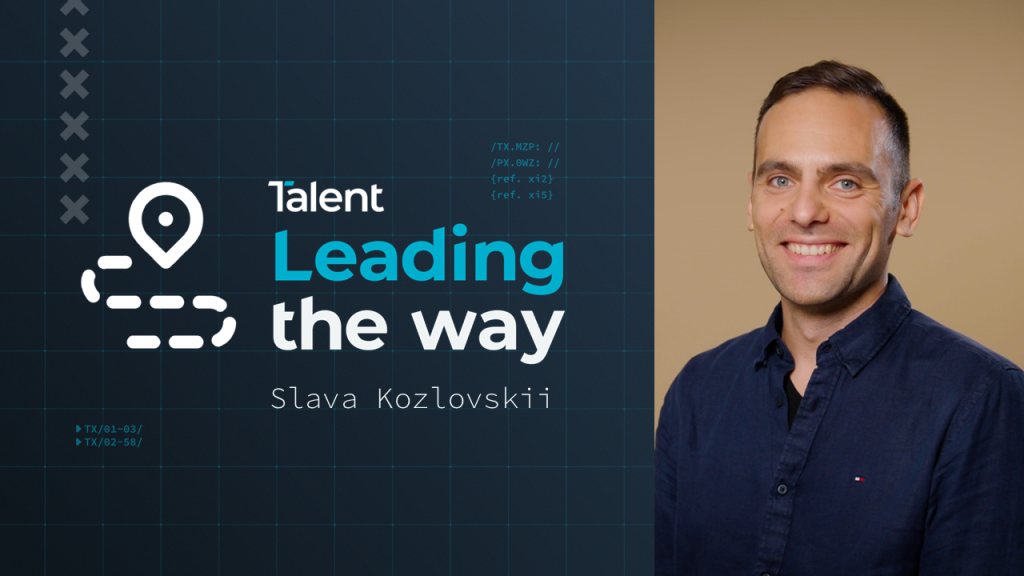
How straightforward contractor governance could save you millions
How straightforward contractor governance could save you millions

In most situations, the idea that your company could save 50% of the cost of the exact same asset, in the same place, at the same time would be laughed off incredulously.
However, in the world of contingent workforce management, this is possible, and it needs CFO attention. We’ve seen it happen: the same contingent worker, for half the cost. Not just someone similar. Or someone working half the time. The exact same person. Doing the same work.
How can this be possible? Cameron Robinson, Talent’s Head of Enterprise Solutions, shares his insights:
Let’s summarise how this scenario can play out.
A senior manager needs specialist external support to plug a skills gap on a critical project.
Commonly, managers will have a network of trusted contacts they can call upon for times like these. So, the manager speaks to someone from their network, offering them the chance to join the organisation as a contractor.
The manager informally asks their contact what the rate should be. The contractor chances their arm and throws out a high-ball offer. If the manager has used the contractor before, bias creeps in and they don’t even stop to question the rate. In any case, the manager believes they’ve got the budget, so the conversation progresses.
The manager follows the agreed internal process to onboard this contractor, which involves engaging their Managed Service Provider (MSP) partner, who is responsible for the onboarding and management of the contingent workforce on behalf of the customer.
Prior to issuing contracts and onboarding anyone, the MSP benchmarks the market pay rate for that skillset, at that time, in that location, and for that contract term. This time, they find that market rate is in fact only half of what the manager has been proposed by their network contact.
Armed with this reliable data, the MSP quickly and effectively renegotiates the pay rate directly with the contractor – which they accept – before compliantly onboarding the contractor in time for their required start date.
The company gets the same worker, doing the same work, for half the price.
So, what’s the point here?
That’s simple: If you haven’t got an MSP who knows your market and knows what ‘good’ looks like to govern your contingent workforce, then you may be paying too much!
With the average enterprise workforce mix now containing upwards of 20% contingent workers (and growing), the scenario above could be happening often within your business.
But first things first, what is an MSP when it comes to contingent labour and contractor recruitment? A Managed Service Provider is responsible for the end-to-end management of your contingent workforce. So, without an MSP effectively managing an internal process for you, benchmarking rates and controlling your costs, you could be missing out on precious cost savings.
Let’s be real, you might not see savings as high as 50% every time but, in our experience, an average of 5-10% savings is achievable through good governance. This missed opportunity could be costing you millions of dollars each year.
Save millions: the benefits of MSP for your contingent labour
If you could secure the exact same office space for half the rent you’d jump at the chance. You’d likely have no hesitation if a permanent employee accepted a job for half the advertised salary. Why let these savings opportunities pass you by in your contingent workforce too, where the largest cost component will always be the pay rates themselves?
Get in touch with one of our contingent workforce experts to learn more about how you can save millions while still preserving access to the same high-quality contractors your business needs to succeed.

